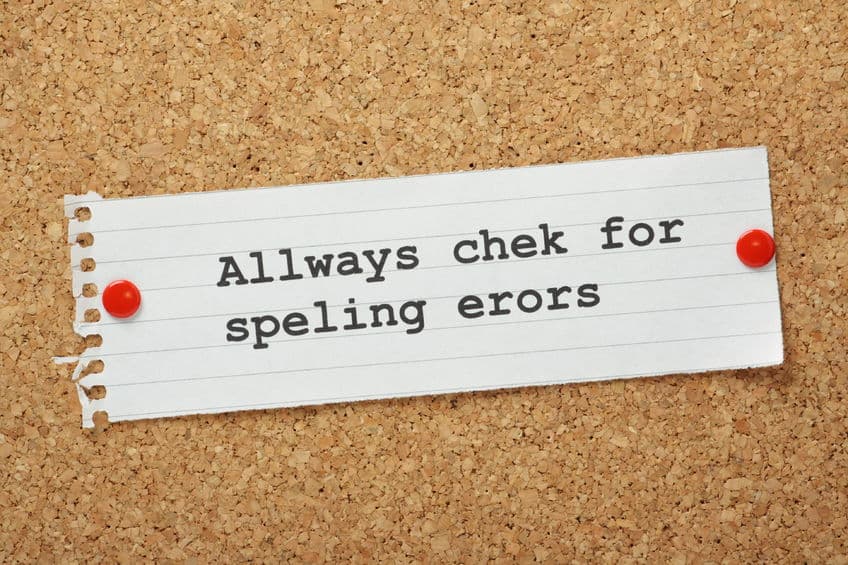
Rapid Response is an integral part of the PR process and done right, can be a guaranteed coverage provider and share of voice booster. Here’s how you can maximise your efforts and help your client shine above their competitors.
-
Use the right tools
A great habit is scouting relevant news outlets for breaking news, to make sure you are up to date with all the latest stories. Then, follow this by trawling through social media as the majority of journalists and businesses use these platforms to post requests for comments, new stories or interesting research.
Furthermore, setting up Google Alerts is another great monitoring tool to help notify yourself when certain content hits the internet.
But sometimes the story comes to you. Tools like Response Source are a brilliant way to connect with journalists, publications and other PR people. Journalists using this platform will send out their media requests to anyone connected through this database and at the touch of a button you can instantly interact with them.
It doesn’t matter if it’s a major data breach or a new vulnerability has been discovered, being able see the news breaking as early as possible gives you the best chance to stay ahead of the game.
-
Identify the Story
Once you have found a relevant story, ensure that you understand it to the best of your ability and recognise why it would be suitable for your client to provide commentary. It’s always great to get a story which is aligned to your client’s areas of focus, however you should also try to pursue the stories which you know will attract a lot of attention, for instance the breach of a well-known retailer, as this is a great way to generate mainstream coverage.
It is also extremely beneficial then to nail down the key topics your client is comfortable speaking on and the areas of expertise of each of their spokesperson – this makes everything more efficient and less time consuming.
-
Speed is key
If you do receive specific questions from journalists, make sure they are answered in a short, concise manner and are straight to the point. Journalists have a deadline, so they are looking for soundbites that they can easily slot into their article. You can include company messaging where relevant but be aware that there is a chance that it won’t be included in the final piece.
Furthermore, rapid responses must be rapid. It’s in the name. So, unless specified, writing out a 500-word answer should be avoided at all cost as this slows down the process. As a rule of thumb, responses should be no more than 150 words. The sooner your client understands this, the better your chances are of beating the competition and getting the comment published.
If, however, there are no questions, and the story was sent to your client proactively, then ask your spokesperson to identify a gap in the story or a unique angle that may have been missed to help enhance the story.
In terms of speed, unless a journalist has specified, always work to the deadline: ASAP. It’s all about the quick turnaround, especially if it involves a breaking story.
-
Proofread
When you receive a comment, don’t get trigger happy and send out to the world, especially without reading it.
Spending a while proofreading the comment will save you hours if not days of having to beg journalists to make edits to their story. This is a sure way of annoying both them and the client so always double check – even if it means getting a third pair of eyes from a member of your team to make sure everything makes sense.
Remember, you are an extension of the client’s PR team and a representative of the company. Lastly, check who will be receiving the comment as there are some journalists that loath rapid responses. Therefore, taking the time to research which journalists prefer this method is paramount. They will greatly appreciate the fact you are not constantly spamming them.
-
Rolling in the coverage
Getting the above right will go a long way in helping build a positive relationship between the client, the journalists and yourself.
The journalists will begin to trust you and use you as a credible source for commentary. In addition, if your client continuously provides engaging content, their name will become imprinted within the industry which will open the door for further requests.
As a final point, be sure to flag any pieces of coverage to the client to show it is working. They will love you for it!












